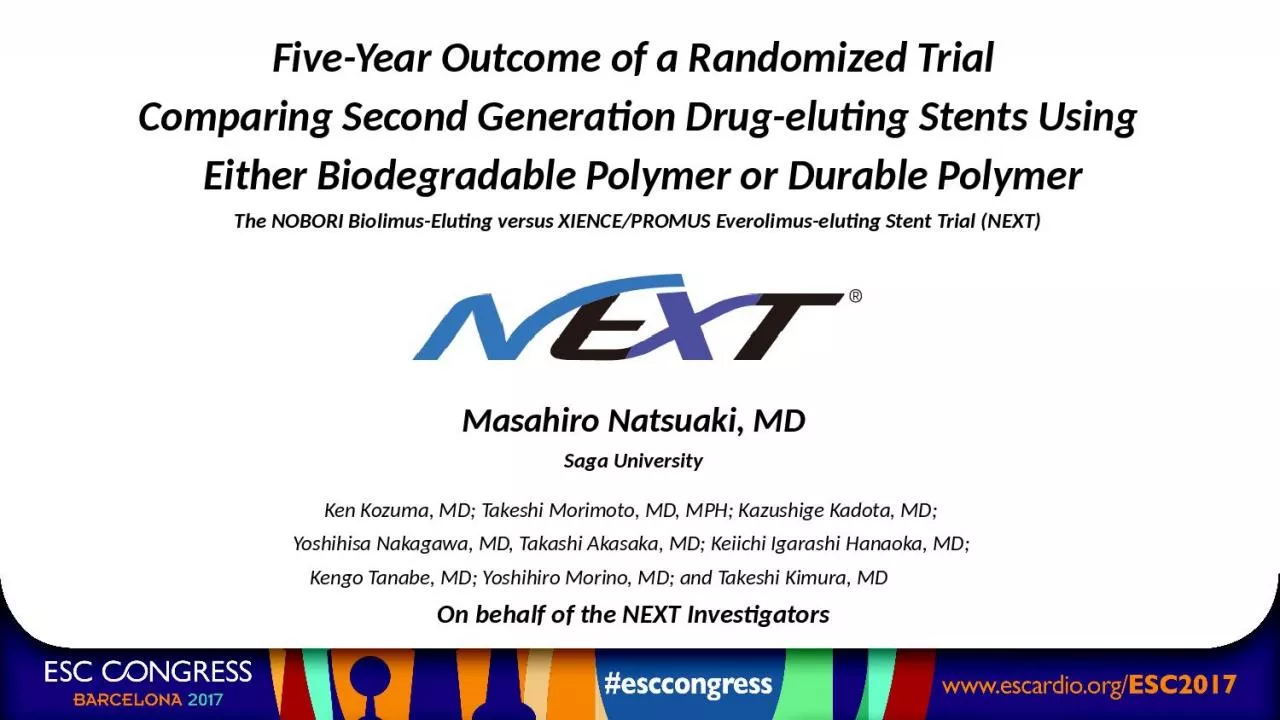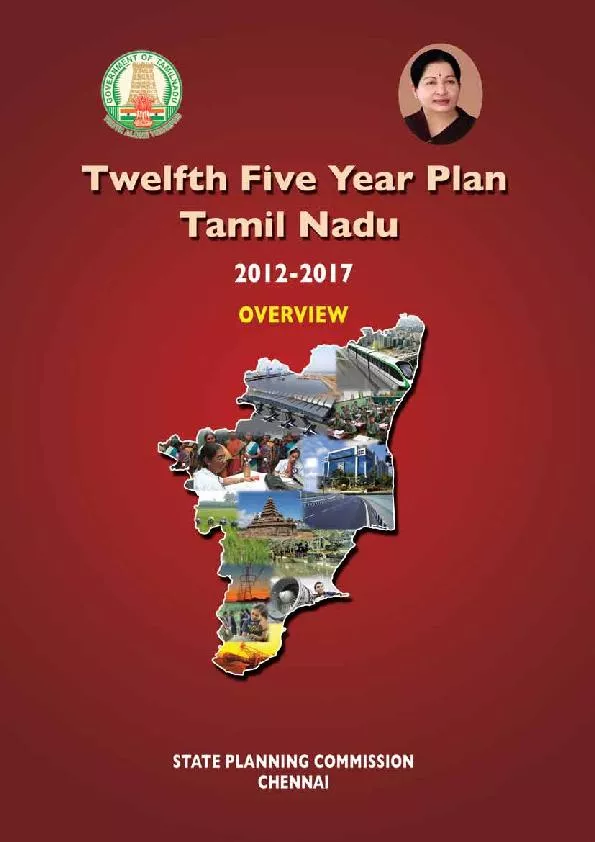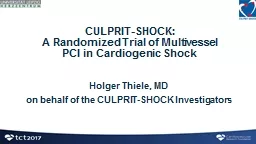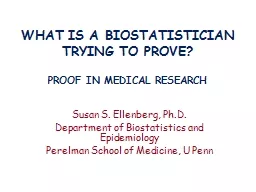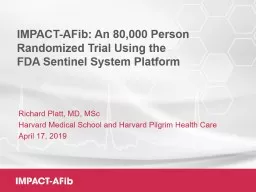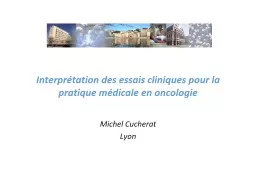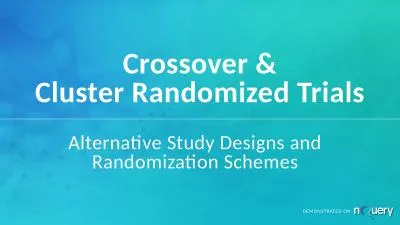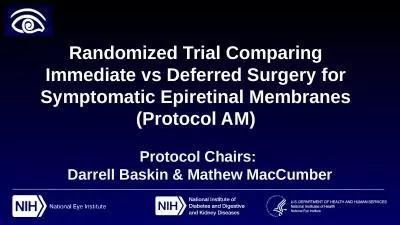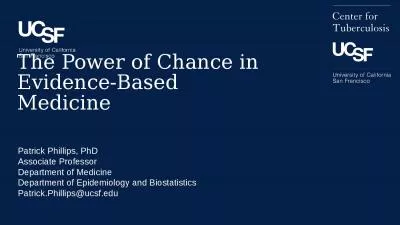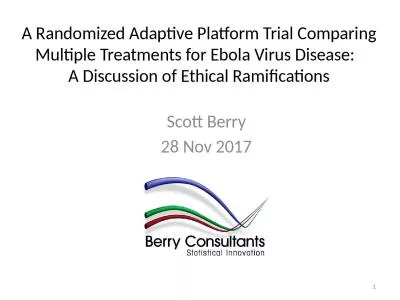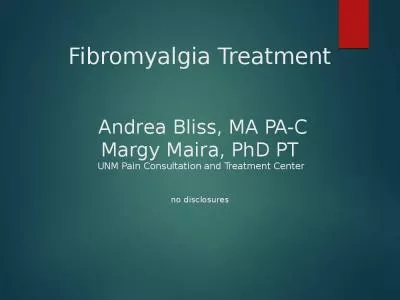PPT-Five-Year Outcome of a Randomized Trial
Author : sylvia | Published Date : 2022-06-15
Comparing Second Generation Drugeluting Stents Using Either Biodegradable Polymer or Durable Polymer The NOBORI Biolimus Eluting versus XIENCEPROMUS Everolimus
Presentation Embed Code
Download Presentation
Download Presentation The PPT/PDF document "Five-Year Outcome of a Randomized Tria..." is the property of its rightful owner. Permission is granted to download and print the materials on this website for personal, non-commercial use only, and to display it on your personal computer provided you do not modify the materials and that you retain all copyright notices contained in the materials. By downloading content from our website, you accept the terms of this agreement.
Five-Year Outcome of a Randomized Trial: Transcript
Download Rules Of Document
"Five-Year Outcome of a Randomized Trial"The content belongs to its owner. You may download and print it for personal use, without modification, and keep all copyright notices. By downloading, you agree to these terms.
Related Documents

